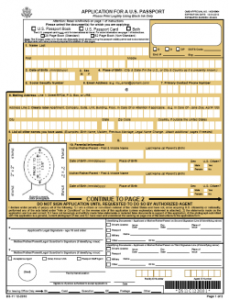


With the smaller footprint and dining area, the chain did take steps to ensure dine-in guests don’t feel cramped. Design touches, like the beach towel-inspired booth upholstery and the beach and surf-themed wall decor are also unchanged. Captain D’s kept its coastal-inspired design, with a color palette featuring warm woods along with shades of green, coral and blue. While the seating has changed, the dining area’s overall design and appearance remain the same.

Even though we’re seating fewer people, we’ve actually only lost two to three tables,” Reed says. So we’re really maximizing all of our space. We have no six tops in our building at all. We’re now using more two-tops and four-tops. Our average party size is anywhere from two to three people. “As we started digging in and understanding our guest patterns and their dining habits, we realized that six-tops are somewhat inefficient for us. While such a cut naturally makes many people in the restaurant industry nervous, functionally not so many chairs were lost, Reed says. It was no different here, with Captain D’s going to 45 seats from 82. The Same, but SmallerĬutting space from the dining area usually means cutting tables and chairs. Through months of work on both the front and back of the house, though, the chain was able to shrink its prototype size from 2,800 square feet, and about 60 percent kitchen, to fewer than 2,000 square feet at roughly 50/50 kitchen to public area. Cutting the size of your piece of dirt by around 25 percent means cutting a big chunk out of your building. The chain’s interior feel didn’t change in this redesign, though smaller tables with fewer empty seats per party help maximize available seating.Įasier said than done, of course. This represents substantial savings for us as a company or for potential franchisees looking to build.” With our new prototype, we can actually get into. “Previously we were looking for about an acre, up to 1.1 acres. “One way to minimize some of the expenses and costs associated with real estate is needing a smaller piece of dirt,” says Brad Reed, chief development officer. Naturally, this makes building a new restaurant harder to justify from a dollars and cents perspective, both for concept owners and franchisees.įacing this very issue, 500-plus unit seafood chain Captain D’s tackled the problem at its source: If land is too expensive, develop a prototype that doesn’t need so much land. Competition for quality real estate in the restaurant industry is fierce, so simple supply and demand has driven up the price for a piece of land.


 0 kommentar(er)
0 kommentar(er)
